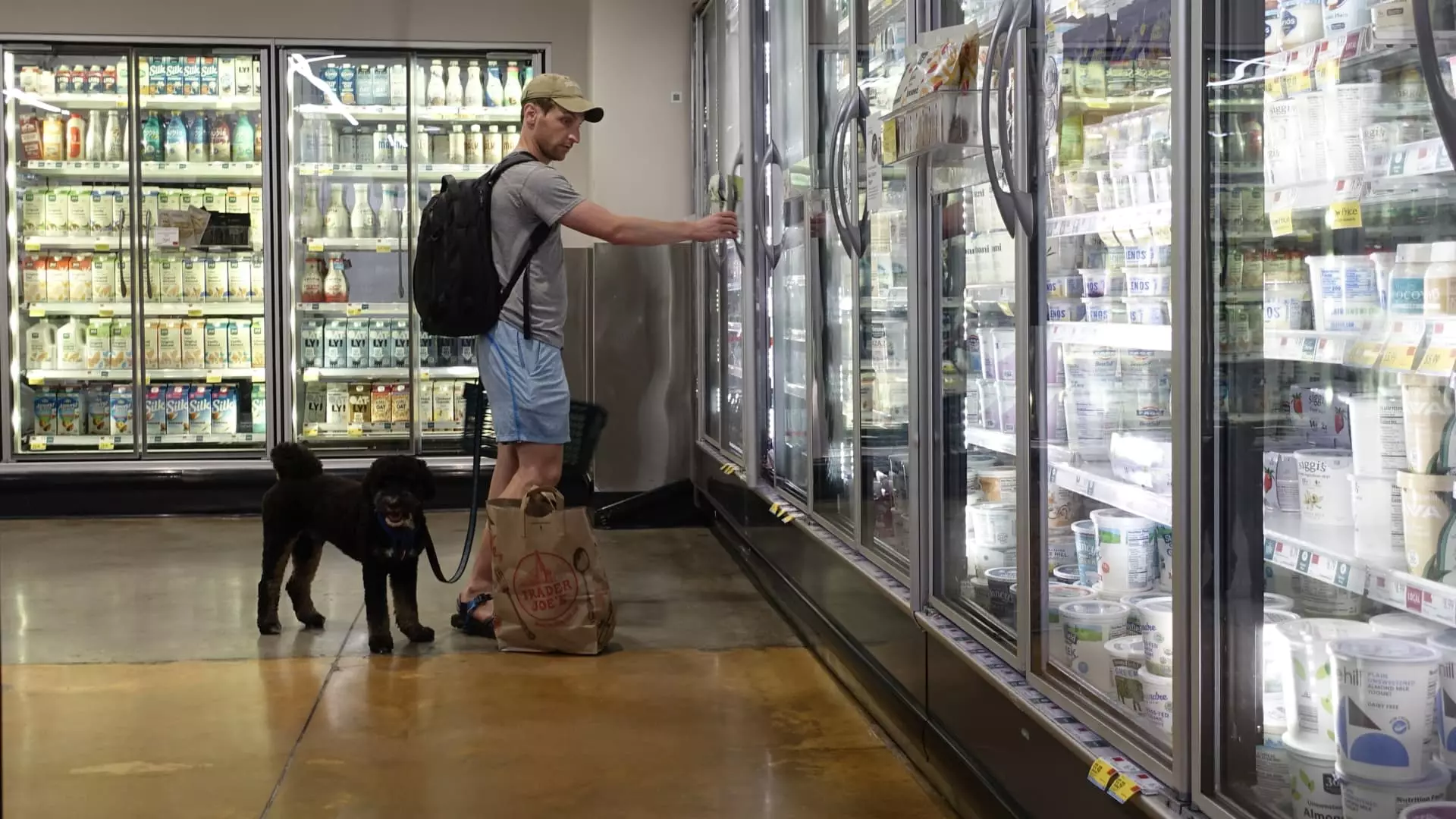In July, inflation saw a slight increase, as reported by the Commerce Department. The personal consumption expenditures price index rose by 0.2% on the month and was up 2.5% from the previous year. This data aligns with the Dow Jones consensus estimates. Excluding volatile food and energy prices, core PCE also saw a 0.2% increase for the month and a 2.6% increase from a year ago. Fed officials often rely more on the core reading to gauge long-run trends. It is worth noting that core and headline inflation figures remained the same as in June.
The Bureau of Economic Analysis reported a 0.3% increase in personal income, slightly higher than the estimated 0.2%. Consumer spending also saw a 0.5% rise, in line with forecasts. Despite the positive increase in spending, the personal savings rate dropped to 2.9%, the lowest since June 2022. This decrease poses a concern for future economic stability.
Price Stability and Economic Growth
Goods prices remained relatively stable, with a slight decrease of less than 0.1%, while services experienced a 0.2% increase. On a 12-month basis, goods prices were marginally down, but services surged by 3.7%. Food prices increased by 1.4%, and energy prices saw a 1.9% jump. In response to the inflation data, markets showed a minor reaction, with equity futures pointing to a slightly higher open on Wall Street and Treasury yields also on the rise. Chief economist Joseph Brusuelas expressed optimism, stating that the data indicates a re-establishment of price stability in the American economy, which may lead to increased growth and hiring opportunities.
The markets have priced in a 100% chance of a rate cut by the Federal Reserve in September, with the main uncertainty lying in the magnitude of the reduction. Will the Fed opt for a quarter-point decrease or a more aggressive half-point cut? Following the release of the inflation report, market indicators leaned towards a quarter-point reduction, with the probability of a half-point cut decreasing to 30.5%. Federal Reserve Chair Jerome Powell and other policymakers are confident that inflation is moving closer to the Fed’s 2% target. The focus of the Fed is expected to shift from solely tackling inflation to also supporting labor market conditions. Despite a relatively low unemployment rate of 4.3%, there are concerns about a potential slowdown in hiring and challenges in finding new jobs, as indicated by various surveys.
The July inflation data provides insights into the economic trends and potential future scenarios that could unfold in the coming months. It is essential for policymakers, investors, and businesses to closely monitor these developments and adapt their strategies accordingly to navigate the changing economic landscape effectively.


Leave a Reply